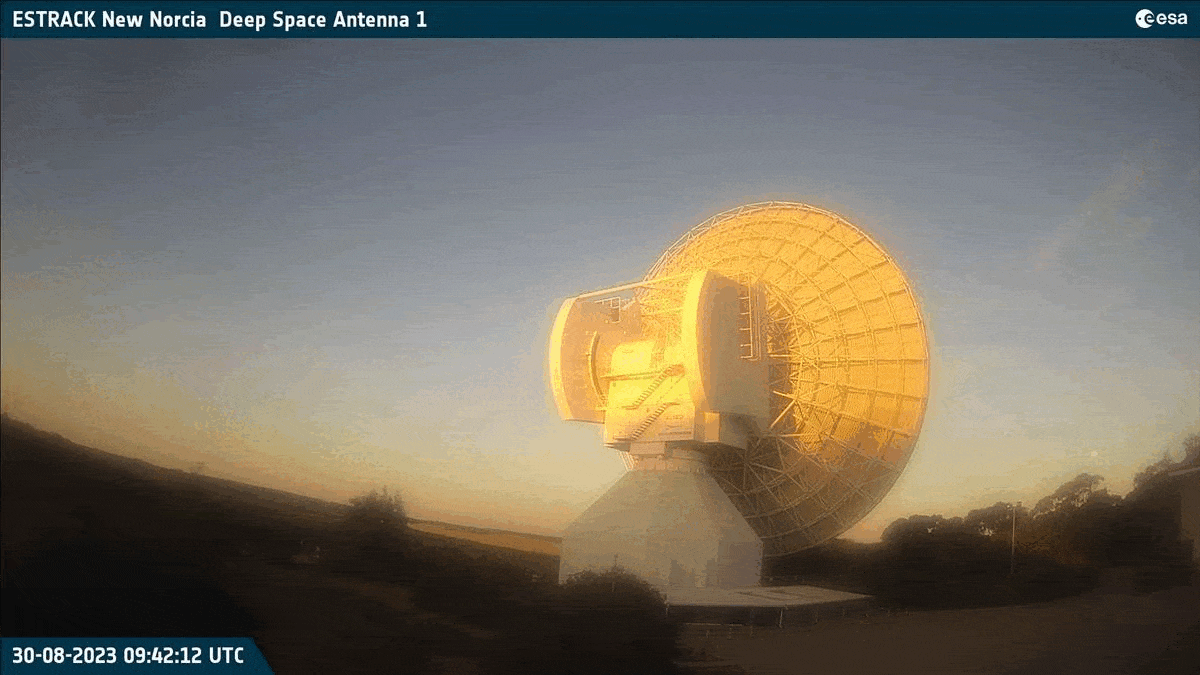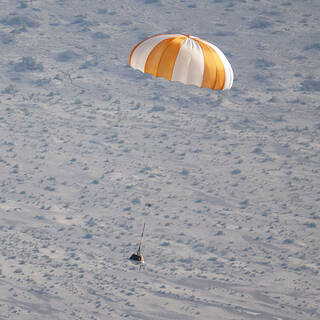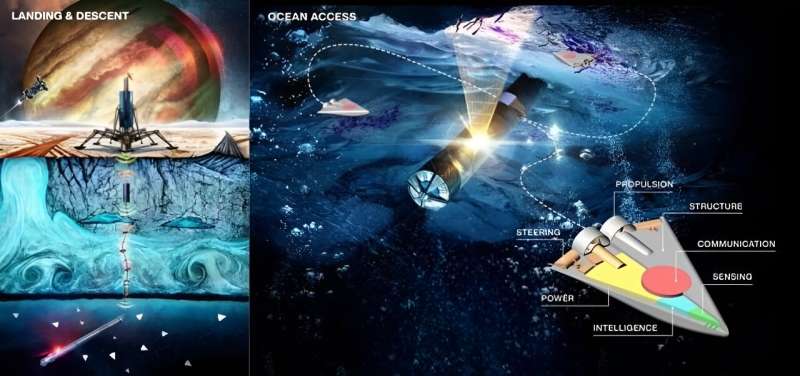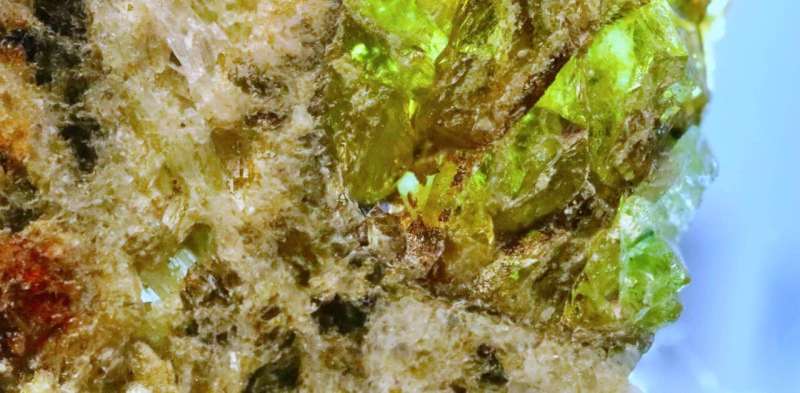Last 'Super Blue Moon' until 2037
Thursday, 31 August 2023 07:35 Astronomy enthusiasts are in for a treat Wednesday night: a rare "super blue Moon" that won't be seen again for more than a decade.
Supermoons occur when the Moon passes through its perigee, or the point that takes it closest to Earth during its elliptical orbit. This makes it look about 14 percent bigger compared to when it is at its furthest point, and a touch brighter.
Full Moons are
Astronomy enthusiasts are in for a treat Wednesday night: a rare "super blue Moon" that won't be seen again for more than a decade.
Supermoons occur when the Moon passes through its perigee, or the point that takes it closest to Earth during its elliptical orbit. This makes it look about 14 percent bigger compared to when it is at its furthest point, and a touch brighter.
Full Moons are Chasing Chandrayaan and the super blue Moon
Thursday, 31 August 2023 07:00 Image:
Chasing Chandrayaan and the super blue Moon
Image:
Chasing Chandrayaan and the super blue Moon NASA Completes Last OSIRIS-REx Test Before Asteroid Sample Delivery
Wednesday, 30 August 2023 20:00 A team led by NASA in Utah’s West Desert is in the final stages of preparing for the arrival of the first U.S. asteroid sample – slated to land on Earth in September.
A team led by NASA in Utah’s West Desert is in the final stages of preparing for the arrival of the first U.S. asteroid sample – slated to land on Earth in September. Firefly ready for call-up to launch military ‘responsive space’ mission
Wednesday, 30 August 2023 18:50

A swarm of swimming microbots could be deployed to Europa's ocean
Wednesday, 30 August 2023 17:35
Europa and other ocean worlds in our solar system have recently attracted much attention. They are thought to be some of the most likely places in our solar system for life to have developed off Earth, given the presence of liquid water under their ice sheathes and our understanding of liquid water as one of the necessities for the development of life.
Various missions are planned to these ocean worlds, but many suffer from numerous design constraints. Requirements to break through kilometers of ice on a world far from the sun will do that to any mission. These design constraints sometimes make it difficult for the missions to achieve one of their most important functions—the search for life. But a team of engineers from NASA's Jet Propulsion Laboratory think they have a solution—send forth a swarm of swimming microbots to scour the ocean beneath a main "mothership" bot.
One of the most likely forms of the mothership bot for this mission is the Subsurface Access Mechanism for Europa—SESAME.
Sahara space rock 4.5 billion years old upends assumptions about the early solar system
Wednesday, 30 August 2023 14:20
In May 2020, some unusual rocks containing distinctive greenish crystals were found in the Erg Chech sand sea, a dune-filled region of the Sahara Desert in southern Algeria.
On close inspection, the rocks turned out to be from outer space: lumps of rubble billions of years old, left over from the dawn of the solar system.
They were all pieces of a meteorite known as Erg Chech 002, which is the oldest volcanic rock ever found, having melted long ago in the fires of some now-vanished ancient protoplanet.
In new research published in Nature Communications, we analyzed lead and uranium isotopes in Erg Chech 002 and calculated it is some 4.56556 billion years old, give or take 120,000 years. This is one of the most precise ages ever calculated for an object from space—and our results also cast doubt on some common assumptions about the early solar system.
The secret life of aluminum
About 4.567 billion years ago, our solar system formed from a vast cloud of gas and dust.
Wired for space - Muscle stimulation to enhance astronaut health
Wednesday, 30 August 2023 13:30 Video:
00:05:10
Video:
00:05:10
Space exploration presents unique health challenges for astronauts due to lack of gravity, isolation, and radiation exposure. ESA's SciSpacE activities aim to comprehend these effects and their implications for human well-being during extended missions.
ESA collaborates with researchers to conduct experiments in microgravity and analogue environments, shedding light on the consequences of space stressors. One critical concern is muscle and bone atrophy. Despite daily exercise routines, astronauts face deterioration. ESA is investigating electrical stimulation as a potential countermeasure, with tests planned on board the International Space Station.
The "Muscle Stimulation" experiment is a centrepiece of this research. By applying
Benchmark Space Systems cracks code for viable ASCENT propellant
Wednesday, 30 August 2023 09:45 Tapped to help U.S. defense agencies deploy safer propellant alternatives to hydrazine, Benchmark Space Systems has announced a two-year, $2.81 million AFRL SPRINT (Space Propulsion Research and Innovation for Neutralizing Satellite Threats) award to further develop and test flight-optimized thrusters running on ASCENT (Advanced Spacecraft Energetic Non-Toxic) fuel.
It is Benchmark's secon
Tapped to help U.S. defense agencies deploy safer propellant alternatives to hydrazine, Benchmark Space Systems has announced a two-year, $2.81 million AFRL SPRINT (Space Propulsion Research and Innovation for Neutralizing Satellite Threats) award to further develop and test flight-optimized thrusters running on ASCENT (Advanced Spacecraft Energetic Non-Toxic) fuel.
It is Benchmark's secon PSI study shows evidence of highly mobile lunar regolith
Wednesday, 30 August 2023 09:45 Swirls are enigmatic albedo (light reflection) patterns on the lunar surface associated with local magnetic anomalies. The processes involved in their formation have been examined and debated since their discovery. The most popular idea is shielding of the surface from solar wind radiation by the associated magnetic anomaly. This explains the swirling pattern, as shielded material would be brigh
Swirls are enigmatic albedo (light reflection) patterns on the lunar surface associated with local magnetic anomalies. The processes involved in their formation have been examined and debated since their discovery. The most popular idea is shielding of the surface from solar wind radiation by the associated magnetic anomaly. This explains the swirling pattern, as shielded material would be brigh Sols 3932-3933: Touch and Go, Go, Go!
Wednesday, 30 August 2023 09:45 Earth planning date: Monday, August 28, 2023: Curiosity successfully navigated the numerous resistant, dark boulders (once included in the Gediz Vallis ridge deposit and the focus of our recent investigations), 20 degree slopes and broken up bedrock to cover a distance of ~65 m back towards our planned ascent route up Mount Sharp in the weekend plan.
This is one of our longer recent drives
Earth planning date: Monday, August 28, 2023: Curiosity successfully navigated the numerous resistant, dark boulders (once included in the Gediz Vallis ridge deposit and the focus of our recent investigations), 20 degree slopes and broken up bedrock to cover a distance of ~65 m back towards our planned ascent route up Mount Sharp in the weekend plan.
This is one of our longer recent drives Dead stars cast long shadows: WVU astronomer hunts for the glowing ghosts of supernovas
Wednesday, 30 August 2023 09:45 A West Virginia University astronomer is searching the Milky Way for debris left behind by supernovas, the violent explosions that occur when massive stars die.
After a supernova explosion, material that was part of the star expands outward, forming a shell or "remnant." According to Loren Anderson, professor at the Eberly College of Arts and Sciences, studying supernova remnants is "essen
A West Virginia University astronomer is searching the Milky Way for debris left behind by supernovas, the violent explosions that occur when massive stars die.
After a supernova explosion, material that was part of the star expands outward, forming a shell or "remnant." According to Loren Anderson, professor at the Eberly College of Arts and Sciences, studying supernova remnants is "essen New X-ray Detectors to Provide Unprecedented Vision of the Invisible Universe
Wednesday, 30 August 2023 09:45 Very detailed information is now available from ultraviolet, optical, and submillimeter observations of the stellar, dust, and cold gas content of galaxies, and yet there is a dearth of understanding about the mechanisms that formed these galaxies. To truly understand how galaxies form, X-ray observations from high energy resolution imaging spectrometers are needed to see the cores of the galaxi
Very detailed information is now available from ultraviolet, optical, and submillimeter observations of the stellar, dust, and cold gas content of galaxies, and yet there is a dearth of understanding about the mechanisms that formed these galaxies. To truly understand how galaxies form, X-ray observations from high energy resolution imaging spectrometers are needed to see the cores of the galaxi Private rocket maker sends remote-sensing satellite into orbit
Wednesday, 30 August 2023 09:45 Galactic Energy, a private rocket maker in Beijing, carried out on Friday the eighth flight mission of its CERES 1 rocket to deploy a remote-sensing satellite into orbit.
The CERES 1 Y8 rocket blasted off at 12:57 pm at the Jiuquan Satellite Launch Center in northwestern China's Gobi Desert and placed the Jilin 1 Wide-View 02A satellite into its preset orbit, the company said in a news rel
Galactic Energy, a private rocket maker in Beijing, carried out on Friday the eighth flight mission of its CERES 1 rocket to deploy a remote-sensing satellite into orbit.
The CERES 1 Y8 rocket blasted off at 12:57 pm at the Jiuquan Satellite Launch Center in northwestern China's Gobi Desert and placed the Jilin 1 Wide-View 02A satellite into its preset orbit, the company said in a news rel 




